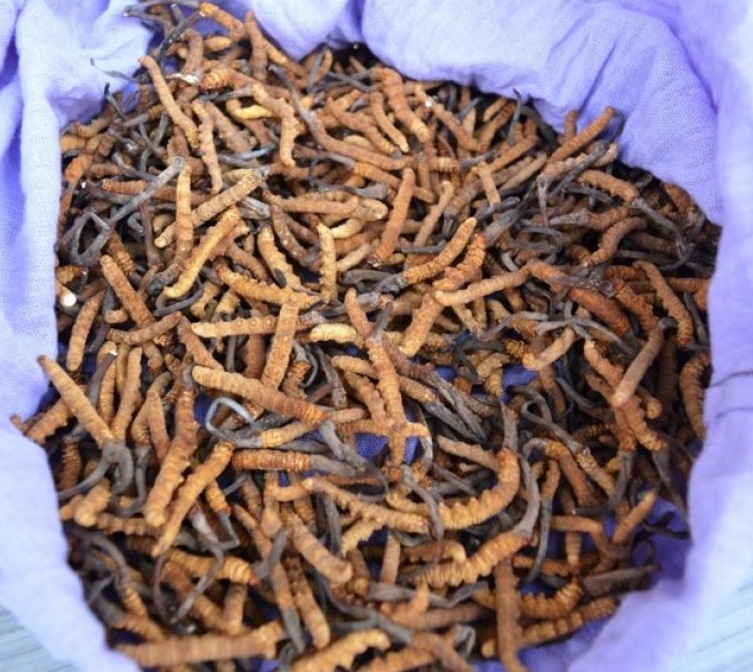7667766266
enquiry@shankarias.in
Himalayan Gold

TRAFFIC
CHEOPS Satellite
Cyclones in Jupiter
Click here to know more about Juno
Tansen Samaroh
Source: PIB, The Indian Express